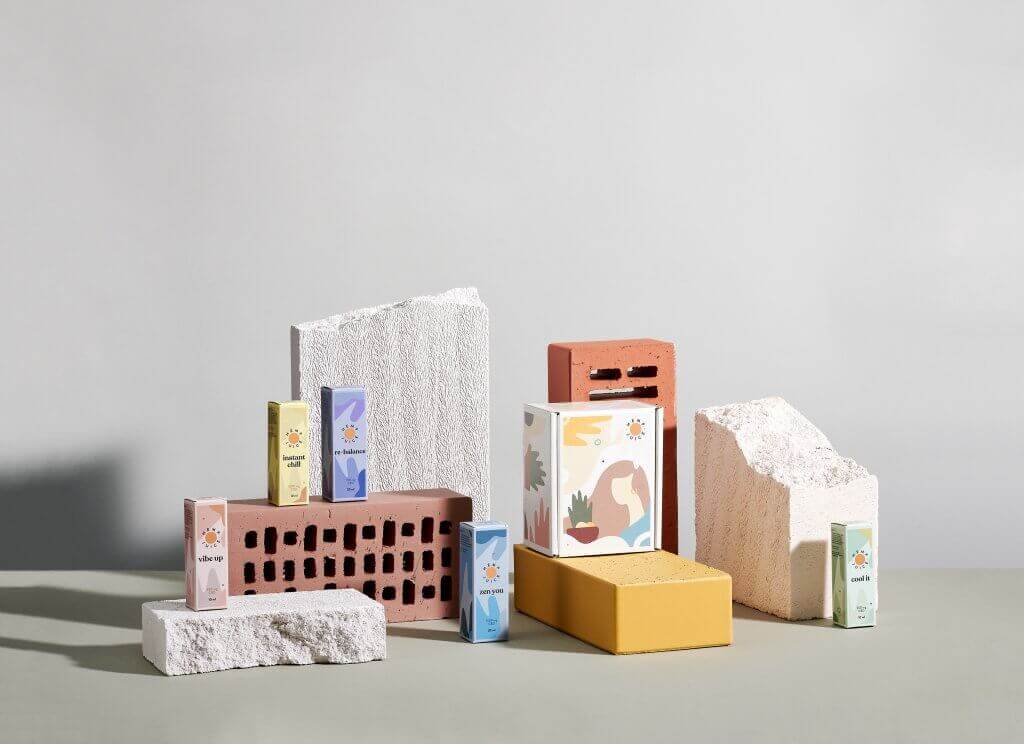Packaging plays a crucial role in our daily lives, but its environmental impact cannot be ignored. As consumers become more conscious of sustainability, businesses are seeking innovative ways to make their packaging eco-friendly. In this blog post, we will explore various strategies and practices that can help achieve environmentally friendly packaging solutions.
- Material Selection:
Choosing the right materials is the first step towards eco-friendly packaging. Opt for renewable, recyclable, and biodegradable materials such as paper, cardboard, and plant-based plastics. These materials have a lower carbon footprint and can be easily recycled or composted, reducing waste and environmental pollution. - Minimalist Design:
Simplicity is key when it comes to eco-friendly packaging. Embrace minimalist design principles to reduce material usage and waste. Streamline packaging by eliminating unnecessary layers, excess space, and non-recyclable components. This not only reduces environmental impact but also enhances the overall aesthetic appeal. - Sustainable Manufacturing:
Implementing sustainable manufacturing processes is crucial for eco-friendly packaging. Reduce energy consumption and emissions by adopting energy-efficient machinery and renewable energy sources. Additionally, prioritize suppliers who follow sustainable practices and adhere to ethical standards. - Biodegradable and Compostable Packaging:
Invest in biodegradable and compostable packaging options to minimize environmental impact. Biodegradable materials break down naturally over time, while compostable materials can be turned into nutrient-rich compost. These alternatives offer a sustainable solution to traditional packaging, reducing landfill waste. - Innovative Packaging Solutions:
Explore innovative packaging solutions that prioritize sustainability. For example, consider using mushroom-based packaging, which is made from agricultural waste and mycelium. This biodegradable material is not only eco-friendly but also provides excellent protection for products. Similarly, edible packaging made from seaweed or starch offers a unique and sustainable alternative. - Consumer Education:
Educating consumers about the importance of eco-friendly packaging is essential. Provide clear instructions on how to properly dispose of packaging materials, promote recycling initiatives, and encourage the use of reusable packaging options. By raising awareness and empowering consumers, we can collectively make a significant impact on reducing packaging waste.
Conclusion:
Creating eco-friendly packaging requires a holistic approach that encompasses material selection, design, manufacturing processes, and consumer education. By adopting sustainable practices and embracing innovative solutions, businesses can minimize their environmental footprint while meeting consumer demands. Together, we can pave the way for a greener and more sustainable future.





More Stories
How SMC Is Manufactured: Process, Materials, and Quality Control
Automotive Rubber Hose: Essential Performance Factors and Maintenance Best Practices
Is an EVA School Pencil Case the Smart Choice for Students Today?